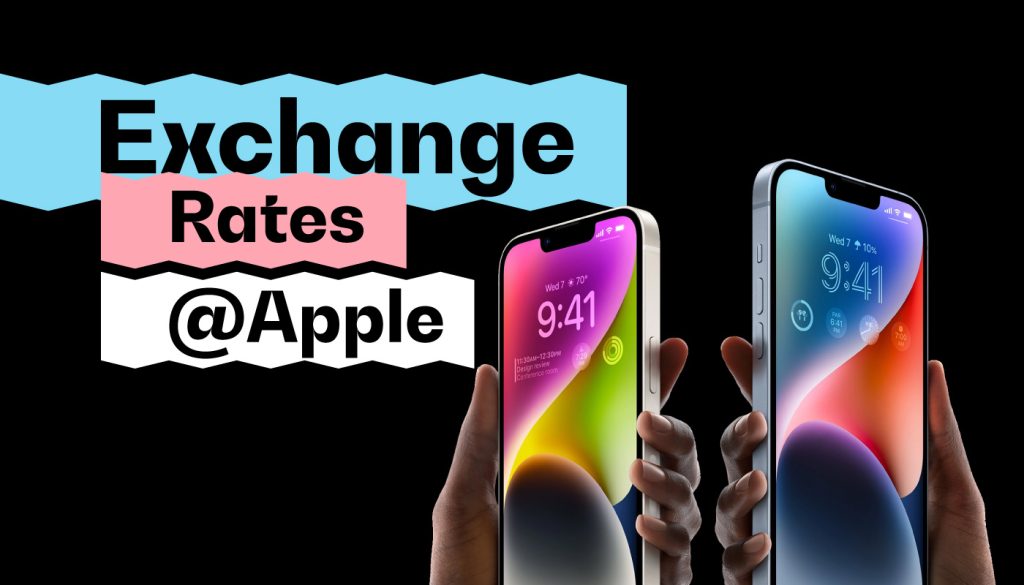
Introduction: Understanding Apple’s Approach to App Pricing
In the vast landscape of the app market, understanding and implementing an effective app pricing strategy is crucial for success. Apple, a dominant player in the app market, has a structured approach to pricing, preferring order and uniformity. This approach is reflected in the price tiers that Apple sets for apps in the App Store, influencing how developers set pricing for their apps and in-app purchases.
Navigating App Pricing in the Apple App Store
Apple’s Price Tiers: Structuring the App Market
Apple’s pricing structure is based on specific price tiers, which dictate the pricing options available to developers. These tiers simplify the pricing process, particularly important given the App Store’s presence in over 150 countries.
These set pricing levels, such as $0.99, $1.99, etc., mean developers can’t choose arbitrary amounts like $1.50, ensuring a standardized pricing structure across the app market.
Localized Pricing Tiers and Global Strategy
The use of price tiers is also applied to local currencies, aiding developers in navigating global pricing strategies. Apple’s tiered pricing strategy simplifies the complexities of pricing apps in different currencies, a critical aspect for apps looking to generate revenue on a global scale, including gaming apps and SaaS companies.
The Impact of Currency Fluctuations on App Revenue
Managing Revenue in a Fluctuating Currency Market
Currency fluctuations can significantly affect app revenue, particularly when a local currency loses value against the dollar. This scenario can lead to decreased revenue in the affected country, a challenge for developers aiming to optimize their app pricing strategy.
Tracking Revenue Impact with Advanced Tools
madduck Insights offers a solution to this challenge, automatically tracking the impact of currency fluctuations and identifying which countries are most affected. This tool is invaluable for developers needing to update their pricing in response to these changes, ensuring they maintain optimal revenue levels.
Adapting Pricing Strategies for Maximum Profitability
Updating Pricing to Reflect Market Changes
In the ever-changing app market, regularly updating pricing is vital. Developers must stay vigilant, adjusting their pricing levels and tiered pricing models to align with current economic conditions. This practice ensures that app purchases remain profitable, despite market fluctuations.
The Role of Tiered Pricing Models in Revenue Generation
Tiered pricing models offer several benefits, allowing developers to offer additional features and varying levels of service at different price points. This strategy is particularly effective in freemium apps, where users can make in-app purchases to access premium content or additional features.
Conclusion: Mastering the Art of App Pricing in the App Market
In conclusion, mastering app pricing strategies, particularly within Apple’s framework, is crucial for developers in the app market. By understanding and leveraging tiered pricing models, keeping abreast of currency fluctuations, and regularly updating pricing, developers can ensure their app remains competitive and profitable. Embracing these strategies allows for maximized revenue generation, catering to diverse user needs, and sustaining long-term growth in the dynamic app market.
FAQ
What pricing strategies does Apple use?
Apple primarily uses a combination of premium pricing and skimming pricing strategies. The premium pricing strategy involves setting prices higher than competitors to reflect the perceived quality and innovations of their products. This strategy reinforces the brand’s value and exclusivity. Skimming pricing is used especially for new product launches, where prices are initially set high and then gradually lowered over time.
What type of pricing strategies does Apple use?
Apple employs various pricing strategies, including premium pricing, skimming pricing, and versioning for its products and services. For instance, in the App Store, Apple uses a tiered pricing strategy, allowing developers to choose from preset price points for their apps and in-app purchases. This strategy simplifies global pricing and caters to a wide range of consumers. You can read more about Apple’s pricing strategies from here.
How Apple sets its prices?
Apple sets its prices based on a combination of factors including production costs, market demand, brand positioning, and competitor pricing. For the App Store, Apple provides developers with a range of pricing tiers. Developers choose a tier that aligns with their app’s value and target market, ensuring consistent pricing across different countries and currencies.
What is Apple’s skimming pricing strategy?
Apple’s skimming pricing strategy involves setting high prices for new products at launch, capitalizing on early adopters willing to pay a premium for the latest technology. Over time, as the product matures in the market, Apple gradually reduces the price. This strategy helps maximize profits during the initial high-demand phase and then broadens the market reach as prices decrease. If you’re curious, you can about Apple’s skimming pricing strategy from here.
Why are there so many different prices on the App Store?
The variety of prices on the App Store can be attributed to Apple’s tiered pricing strategy and the diverse range of apps available. Each developer selects a pricing tier that best suits their app, based on factors like the app’s features, target audience, and competitive positioning. This results in a wide range of prices, offering options for different types of consumers and ensuring a diverse marketplace.


